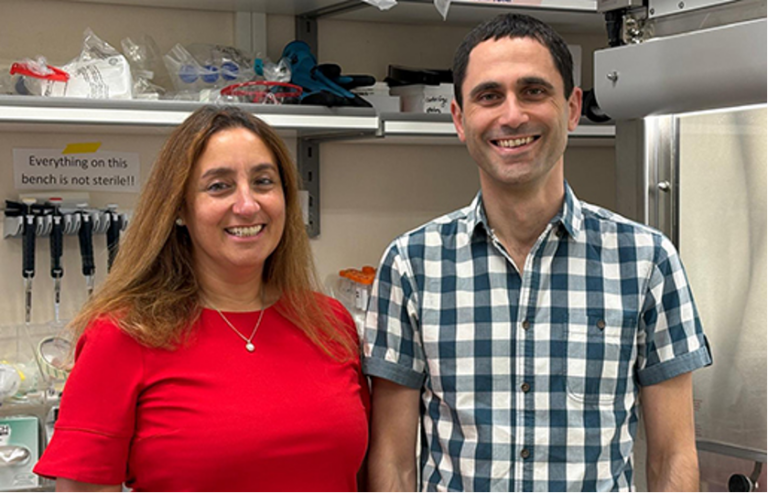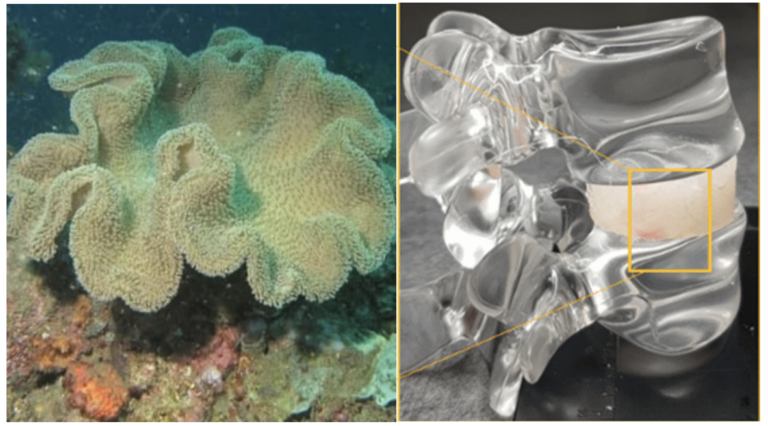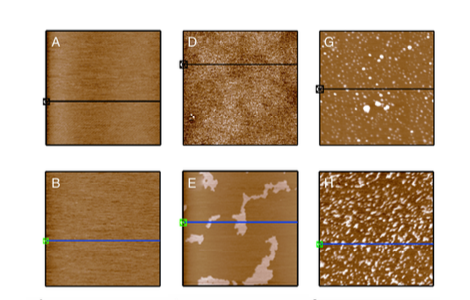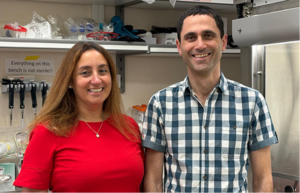Tel Aviv University: A Social Aspect to the Inheritance of Differing Behaviors of Men and Women

The different ways men and women behave, passed down from generation to generation, can be inherited from our social environment — not just from genes, according to a new study.
Rather than the sexes acting differently because of genetic inheritance, the human environment and culture allow for the transfer of some gender-specific behavior traits from generation to generation. New advances in evolutionary theory, and current models of how sex influences the brain, suggest that the interactions between the genetic and hormonal components of sex, along with other factors, create variability between individuals for some gender-related traits, while environmental factors supply the stable conditions needed for the reproduction of those traits in each generation.
The study was conducted by Prof. Cordelia Fine of the University of Melbourne, Prof. John Dupré of the University of Exeter and Prof. Daphna Joel from Tel Aviv University. It was recently published in Trends in Cognitive Sciences.
These two important shifts in scientific thinking point to the possibility that gender roles examined across different generations are sometimes best explained in terms of inherited socio-environmental conditions. “Even in non-human mammals, adaptive traits that have reliably developed in offspring for thousands of years can disappear within a few generations, if the relevant environmental conditions change,” said Prof. Dupré.
“Genetic inheritance continues to be critical for the capacity to quickly learn an adaptive behavior, but environmental factors that are stable over generations remove any selective pressure for the development of parallel genetic mechanisms,” Prof. Dupré observed.
The researchers studied recent thinking from evolution theory and recent findings from studies of the relations between sex and the brain for the study.
As part of another study, Prof. Joel and colleagues found that human brains are composed of unique mosaics of features, some more common in one sex than in the other.
“Masculine and feminine behaviors cannot be explained by the existence of male and female brains, as has previously been suggested,” Prof. Joel said. “Our research suggests that intergenerational inheritance of gender-specific traits may be better explained by highly stable features of the social environment.”
The article says non-genetic mechanisms may be particularly important in humans because our culture strongly encourages us to have male or female roles. The enormous human capacity to learn also allows for information to be passed from generation to generation.
“We need to question the pervasive assumption that it is always biological sex, via its direct action on the brain, that does the ‘heavy lifting’ when it comes to the gender traits we inherit and display,” Prof. Fine said.
Publication in Trends in Cognitive Sciences, August 2017






